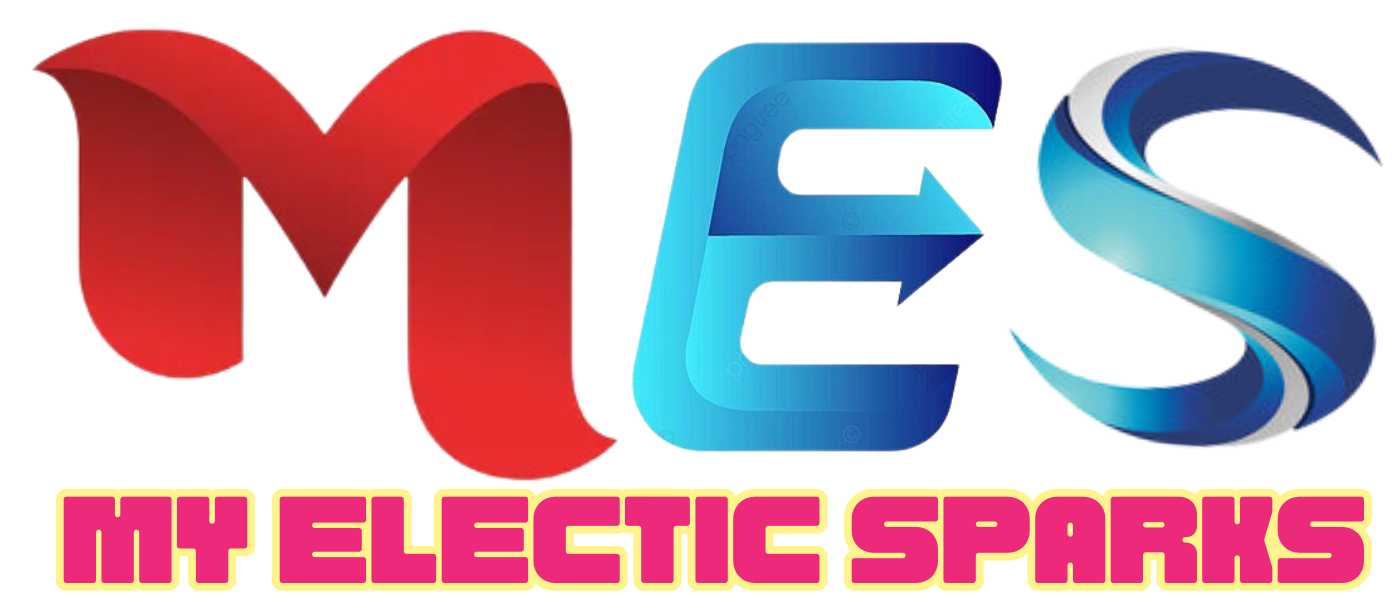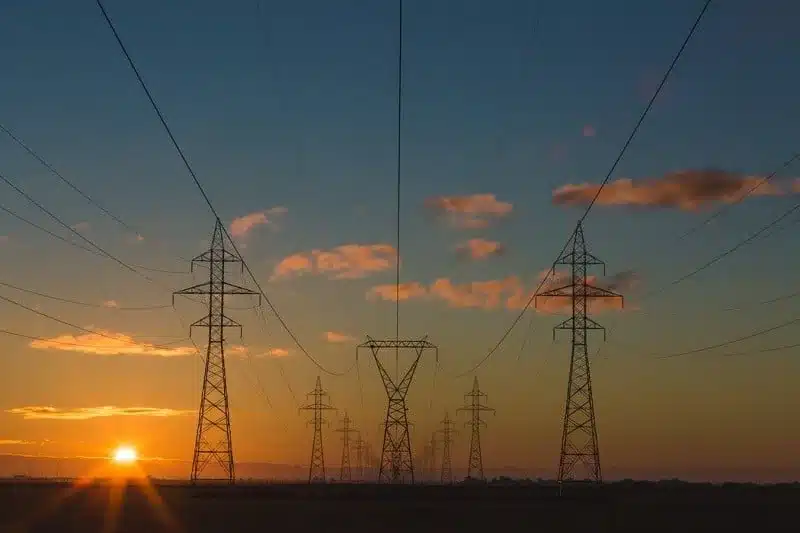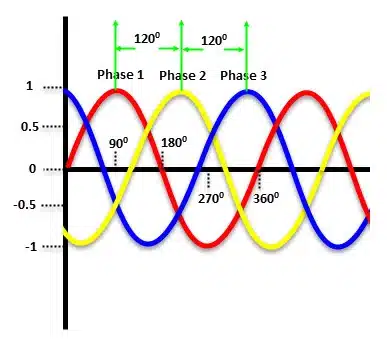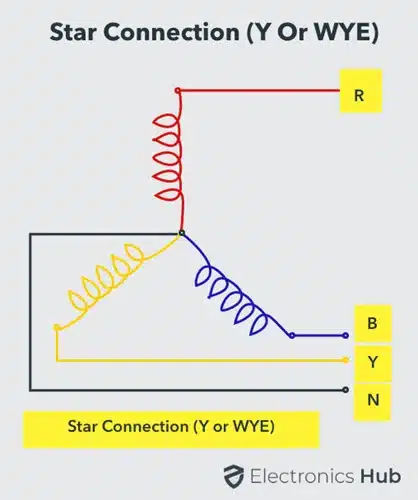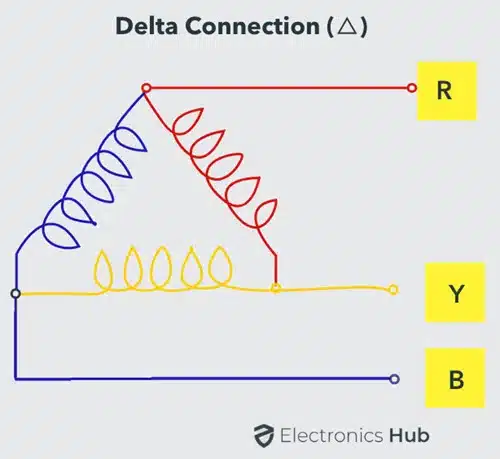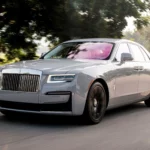This article is all about the difference between Single Phase and Three Phase Power Supply. Some of its sub-topics such as the difference between them, its working method, its benefits, etc.
Introduction
As we know that electrical supply is from an Alternating source that we use in our daily lives but for home appliances, machinery, and office types of equipment, an AC power supply is used to run these devices.
For Beginners here, a question arises ” What is Alternating Current ? “
It can be Answered as ” the Alternating Current is that type electrical Current that changes its magnitude and direction periodically”. When it’s used by application the delivery of the AC supply is changed into a Single-Phase or Three-Phase system, it depends on the setup of machinery or appliance.
The Single Phase AC Power supply, usually consists of two wires known as Phase, Live, Line, or Hot, and the other one is known as neutral wire but in Three-Phase Power Supply all the Phases are used for transportation of power. There’s no neutral wire in it. Detail is given below;
What is Single Phase Power Supply?
As explained above, Single Phase Power Supply is used to divide the power supply between two wires known as Phase and Neutral. The AC power supply makes the shape of a sinusoidal wave. The highest voltage supplied during a positive cycle is 90⁰
and during the negative cycle, the voltage supplied is 270⁰.
The Phase wire transports the power supply to the place where it’s needed and the neutral wire is used as the return path of the power. The common voltage ⚡ of Single Phase is 230V and its frequency is 50Hz (Usually depends on person’s living location).
As you can see in the diagram the Single Phase supply increases and decrease throughout the circuit so it should be noted that a constant current can’t be transferred to the active machinery.
The Phase wire transports the power supply to the place where it’s needed and the neutral wire is used as the return path of the power. The common voltage ⚡ of Single Phase is 230V and its frequency is 50Hz (Usually depends on person’s living location).
As you can see in the diagram the Single Phase supply increases and decrease throughout the circuit so it should be noted that a constant current can’t be transferred to the active machinery.
Advantages
Single Phase is one of the common forms of power supply as most electrical appliances are constructed on its base. For example household appliances such as a cooler, Heater, Air conditioner, etc.
- Single Phase Power Supply has the simplest and easiest structure. It’s enough for a power supply up to 2500 Watts.
Disadvantages
- One of the flaws of Single Phase Power Supply is that small motors that are designed on their base are not suitable for initial motor torque. So for proper operation, another circuit device is needed. For example Motor Starter.
- Single Phase Power is not eligible for heavy-duty industrial equipment.
What is Three-Phase Power Supply?
Three-Phase Power Supplies contain three power phases. Each phase carries about 120⁰ AC electric supply. It’s further divided into two types
( Star and Delta ). Sometimes the neutral wire is present and sometimes absent it depends on the type of the circuit.
In a three-phase power supply, Each phase will reach its highest voltage supply twice, during one 360⁰ cycle and all these time the power supply will never drop to zero. This high speed of power supply and ability to control high voltage ⚡ loads makes this phase eligible for heavy-duty industrial equipment.
TYPES:
- In Delta, all wires are suitable for controlling high voltage ⚡ systems and there’s no neutral wire. It’s also known as the Y configuration.
- In Star or wye configuration, there is a neutral wire with three power phases for stabilizing the connection.
There is a difference in voltage between the types of three-phase power supply. In two Phase the power supply is 415V while in one phase and the neutral is 240V. Hence, for household and small business loads, a Three-Phase supply usually consists of Three Single Phase supply.
NOTE: There is a lot of difference between a direct Three-Phase supply and a Three Single Phase supply.
Advantages
- The Three-Phase Power Supply is built with few wires then a single-phase supply.
- Most European Countries use Three-Phase power for residential supply otherwise, it’s mostly used in commercial and industrial motors.
- The Three-Phase Power Supply can control high voltage ⚡ easily and doesn’t need any starter motor for initial torque as the power in Three-Phase is enough for starting a motor.
- The Three-Phase Power Supply is powerful as compare to Single Phase Power Supply.
Comparison of Single Phase and Three Phase Power Supplies
The given table shows, the comparison between Single Phase and Three Phase Power Supplies.
| Aspect | Single Phase Power Supply | Three-Phase Power Supply |
|---|---|---|
| Number of Conductors Required | Two (Neutral and Phase) | Three (Three phases) |
| AC Signal | Single AC Signal (Sinusoidal Wave) | Three AC Signals with 120° Phase Difference |
| Power Delivery | Not Constant due to voltage fluctuations | Steady and Constant Power Delivery |
| Supplied Voltage | Approximately 230V | Approximately 415V |
| Application | Residential and Domestic Appliances | Large Commercial Centers, Industrial Equipment |
| Power Handling | Suitable for Minimum Power Appliances | Suitable for Large Industrial Motors |
| Neutral Wire | Present, Works as a Return Path | Additional Wire (Star Connection) |
| Fault Tolerance | High chance of fault if phase is damaged | Low chance of fault due to redundancy |
Do You need a Three-Phase Power Supply?
It depends on the need of a buyer. According to the need the power company with giving their best advice, either to use single-phase power or Three-Phase Power. For small projects, a single-phase power is enough.
LARGE PROJECTS:
But for large projects with higher electronic appliances use like the water heater, Air conditioner, washing machine, double door refrigerator, etc, the three-phase power must be used so that electric power is divided properly.
IN CASE OF MISSING THREE-PHASE POWER SUPPLY:
In case, the power supply company doesn’t have a Three-Phase system then single-phase supplies are connected together to make Three-Phase Power Supply. For example, if you’re using 3- Air conditioners at the same time then each will be provided a separate single phase.
CONCLUSION:
Hence after reading this article, you will be able to answer questions regarding this topic. If there’s any confusion comment down below and also give us feedback about our article.
